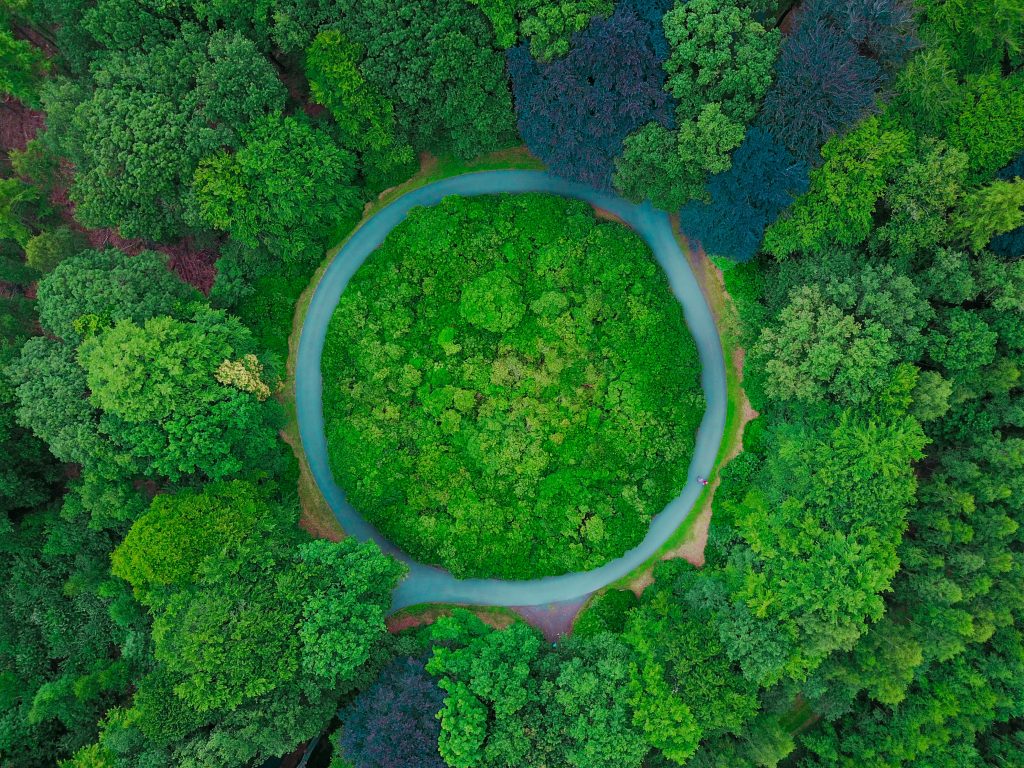Closing the loop on circular economy
research & innovation
As global population increases rapidly, demand for everyday basic goods such as food, transportation and manufactured products is growing at high speed. This demand is putting an enormous strain on our planet’s resources.
A circular economy development path in Europe could result in a 32% reduction of primary material consumption by 2030, and 53% by 2050. With sustainability becoming a key part of the global agenda, the circular economy is a crucial tool for decoupling economic growth from further unsustainable resource use and increased CO2 emissions.
The circular economy offers an alternative solution to our current model of take-make-dispose, reducing waste and extraction of raw materials, as resources are continuously reused and repurposed to create new products.
Circular economy as a tool for national and regional transition
Public funding is the key source of financing for Circular Economy Research & Innovation programmes: 70% are financed at national level, 18% at regional and 8% at European level.
However, national and regional strategies are partly contradictive throughout Europe, leading to fragmentation and lack of alignment on priorities for the circular economy.
We need a more systemic and integrative approach to meet this challenge.

Circular economy is often not directly addressed or defined in funding programmes – with many focusing on specific sectors, which doesn’t consider the interdisciplinarity of circular economy.

Funding often occurs on a very technical level, looking into specific aspects of the value chain rather than with a systemic and holistic approach.

The lack of generic circular economy indicators makes it hard to evaluate the impact of programmes, projects having their specific bottom-up indicators.
CICERONE is developing the strategic coordination of objectives and priorities of regional, national and European funding programmes


